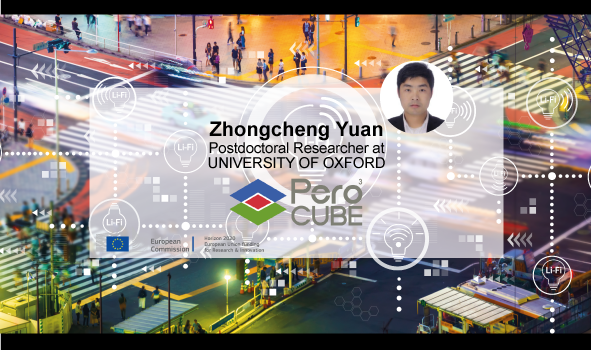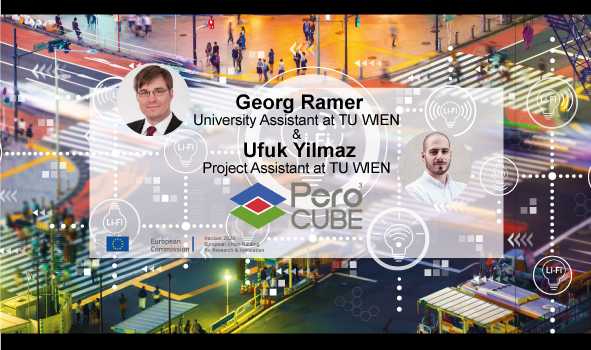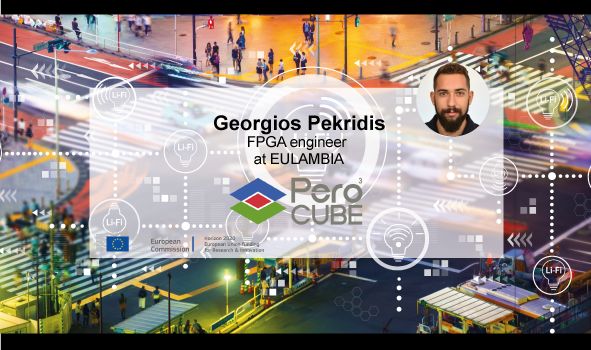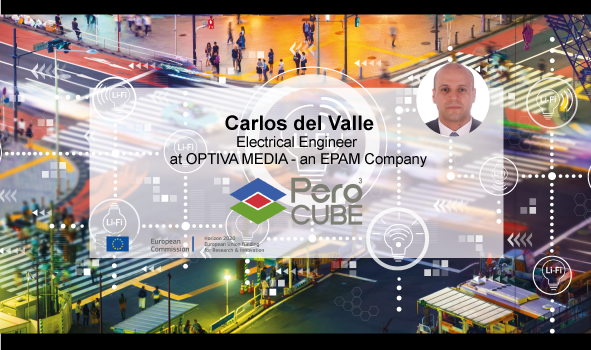
Final video interview – Coordinator Quentin Jeangros
Settembre 19, 2024
Final video interview – Claudine Katan and Jacky Even for CNRS
Novembre 21, 2024Zhongcheng Yuan worked with Professor Henry Snaith at Marie Curie Fellow at the Department of Physics, University of Oxford.
Below is a statement from him about the European project:
“In Perocube, I was one of the leading researchers in Work Package 3. We focused on optimizing perovskite materials for optoelectronic devices, One of our primary tasks involved is developing detailed recipes for creating high-performance perovskite solar cells and LEDs. we shared our findings with our partners at VTT in Finland and CSEM in Switzerland, so they could help prepare large-area device fabrication. So, collaboration is essential to our work, and we’ve been fortunate to work with Professor Jacky Even and Professor Claudine Katan from CNRS, France. Together, we’ve been systematically investigating how the dimensionality of perovskite materials affects the performance of devices. This collaboration has provided us with vital guidelines for designing new materials.
Our partners from Finland, Riikka and Antti, had also contributed significantly by carrying out the roll-to-roll coating of the perovskite precursor for large-area devices, while Professor Ioannis Koutselas from Greece focused on understanding the degradation processes in the perovskite precursor solutions. His work is crucial because understanding degradation is a critical step for ensuring the long-term viability of these materials for real-world manufacturing.
There are two works in Oxford we would like to share today. Firstly, preparing perovskite films involves using toxic solvents like DMF, we’ve designed a bio-renewable solvent system for preparing perovskite precursors. The fabrication processes are safer for both workers and the environment. This new green solvent system shows great promise for creating more sustainable and scalable production processes for perovskite solar cells.
On the LED front, we’ve had some equally exciting advancements. we’ve developed highly responsive perovskite LEDs. We successfully developed a 32×32 pixel multifunctional display that has a wide range of functions. It could function as a touchscreen, ambient light sensor, and even an image sensor for fingerprint detection. This new design will simplifies display structure and reduces costs
Finally, I would like to express my deep gratitude to the European Union’s Horizon 2020 program and PeroCUBE, for creating this opportunity that we could collaborate with brilliant minds from universities, companies, and research institutes across Europe. and I am very sure this collaboration will continue to thrive in the future.”




